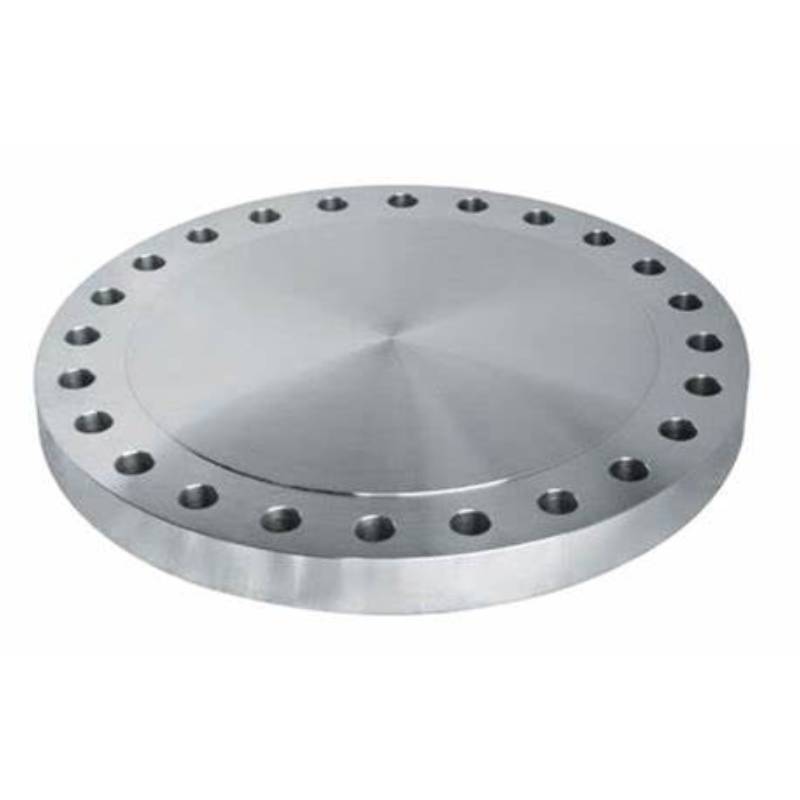-
Cangzhou Yulong Steel Co., Ltd.
-
Phone:
+86 13303177267 -
Email:
admin@ylsteelfittings.com

Dec . 16, 2024 01:26 Back to list
Stainless Steel Flange Manufacturer for High-Quality Industrial Applications and Solutions
Understanding SS Flange Manufacturing A Comprehensive Overview
In the realm of industrial applications, flanges are fundamental components that facilitate the joining of pipes, valves, pumps, and other equipment in piping systems. Among the various types of flanges, Stainless Steel (SS) flanges are particularly favored for their excellent corrosion resistance, durability, and aesthetic appeal. Understanding the manufacturing of SS flanges involves exploring the materials used, the production processes, quality control measures, and the application of these crucial components in various industries.
What are Stainless Steel Flanges?
Stainless Steel flanges are circular plates made from stainless steel that feature holes along their perimeter for bolting two sections of piping together. They can come in various configurations such as blind flanges, slip-on flanges, weld neck flanges, and more, each serving a specific function in a piping system. The choice of stainless steel as the material for these flanges predominantly stems from its resistance to rusting and oxidation, making it suitable for harsh environments.
Materials Used in Manufacturing SS Flanges
The manufacturing of SS flanges typically utilizes several grades of stainless steel, with the most common being 304 and 316 alloys. Grade 304 stainless steel is known for its excellent corrosion resistance and is suitable for most general purposes. However, in marine or highly corrosive environments, Grade 316 is often preferred due to its superior resistance against chloride corrosion. Additionally, manufacturers might opt for other grades like 321 or Duplex stainless steel, depending on specific needs, including temperature resistance and pressure sustainability.
Manufacturing Process of SS Flanges
The production of stainless steel flanges involves a series of well-defined steps to ensure quality and precision.
1. Material Selection The first step involves selecting the appropriate grade of stainless steel based on the application requirements.
2. Cutting and Shaping Stainless steel sheets are cut into desired shapes and sizes using laser cutting, water jet cutting, or mechanical shearing methods. This stage may also include forming operations to achieve specific flange configurations.
ss flange manufacturer

3. Machining Once the flanges are cut, further machining processes such as turning, milling, and drilling are performed to create the bolt holes, threads, and any required surface finish.
4. Heat Treatment Depending on the grade of stainless steel and the intended application, heat treatment processes may be employed to enhance mechanical properties. This step is crucial for ensuring that the flanges can withstand operational stresses.
5. Surface Finishing After machining, the flanges undergo surface treatment processes like polishing, passivation, or coating. These treatments enhance corrosion resistance and improve the aesthetic appeal of the final product.
6. Quality Control Throughout the manufacturing process, stringent quality control measures are implemented. This includes non-destructive testing, dimensional inspections, and verification of mechanical properties to ensure compliance with industry standards and specifications.
Applications of SS Flanges
SS flanges find extensive applications in various industries, including
- Oil and Gas Used in extraction and processing facilities, these flanges must withstand high pressures and corrosive environments. - Chemical Processing Resistance to chemicals makes SS flanges essential in the production and transportation of various chemicals. - Marine Applications Stainless steel’s resistance to saltwater corrosion makes it ideal for shipbuilding and offshore platforms. - Food and Beverage The non-reactive nature of stainless steel makes it suitable for food processing equipment, ensuring safety and compliance with sanitation standards.
Conclusion
In summary, SS flange manufacturing is an intricate process that combines material science with engineering to produce reliable and high-quality products critical to various industrial applications. The meticulous crafting of these flanges, from material selection to quality control, ensures that they meet the rigorous demands of the modern-day industry. As industries continue to evolve, the demand for durable and corrosion-resistant components like stainless steel flanges will undoubtedly increase, making the expertise of SS flange manufacturers more vital than ever. Understanding this manufacturing process not only highlights the complexity involved but also the significance of these components in broader engineering applications.
Latest news
-
ANSI 150P SS304 SO FLANGE
NewsFeb.14,2025
-
ASTM A333GR6 STEEL PIPE
NewsJan.20,2025
-
ANSI B16.5 WELDING NECK FLANGE
NewsJan.15,2026
-
ANSI B16.5 SLIP-ON FLANGE
NewsApr.19,2024
-
DIN86044 PLATE FLANGE
NewsApr.19,2024
-
DIN2527 BLIND FLANGE
NewsApr.12,2024
-
JIS B2311 Butt-Welding Fittings LR/SR 45°/90° /180°Seamless/Weld
NewsApr.23,2024
-
DIN2605-2617 Butt-Welding Fittings LR/SR 45°/90°/180° Seamless/Weld
NewsApr.23,2024











